Soil Science
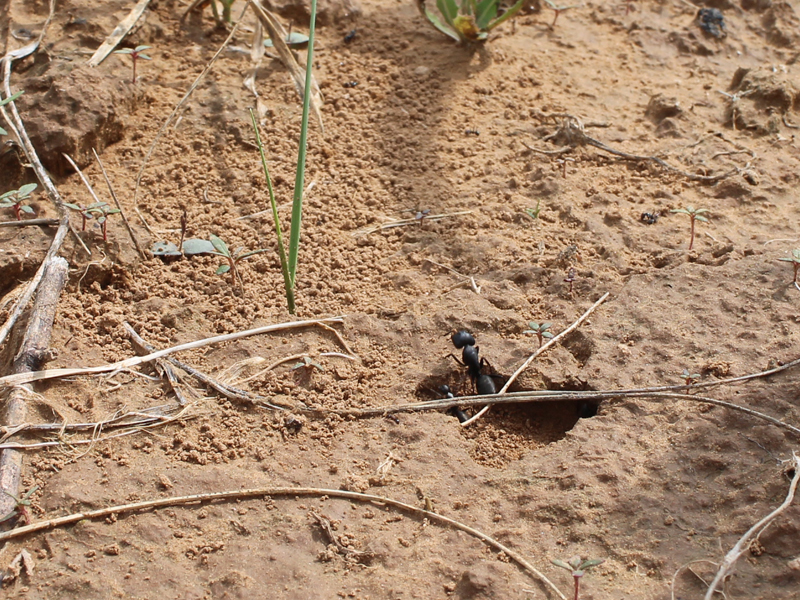
Ants can be annoying little insects. In your home, they make army-like lines to any crumbs on your floor. In your home’s frame, carpenter ants can do a job of eating away your walls. But what about outside? Do ants play a positive role in your yard? Your garden? What about in a farm field?
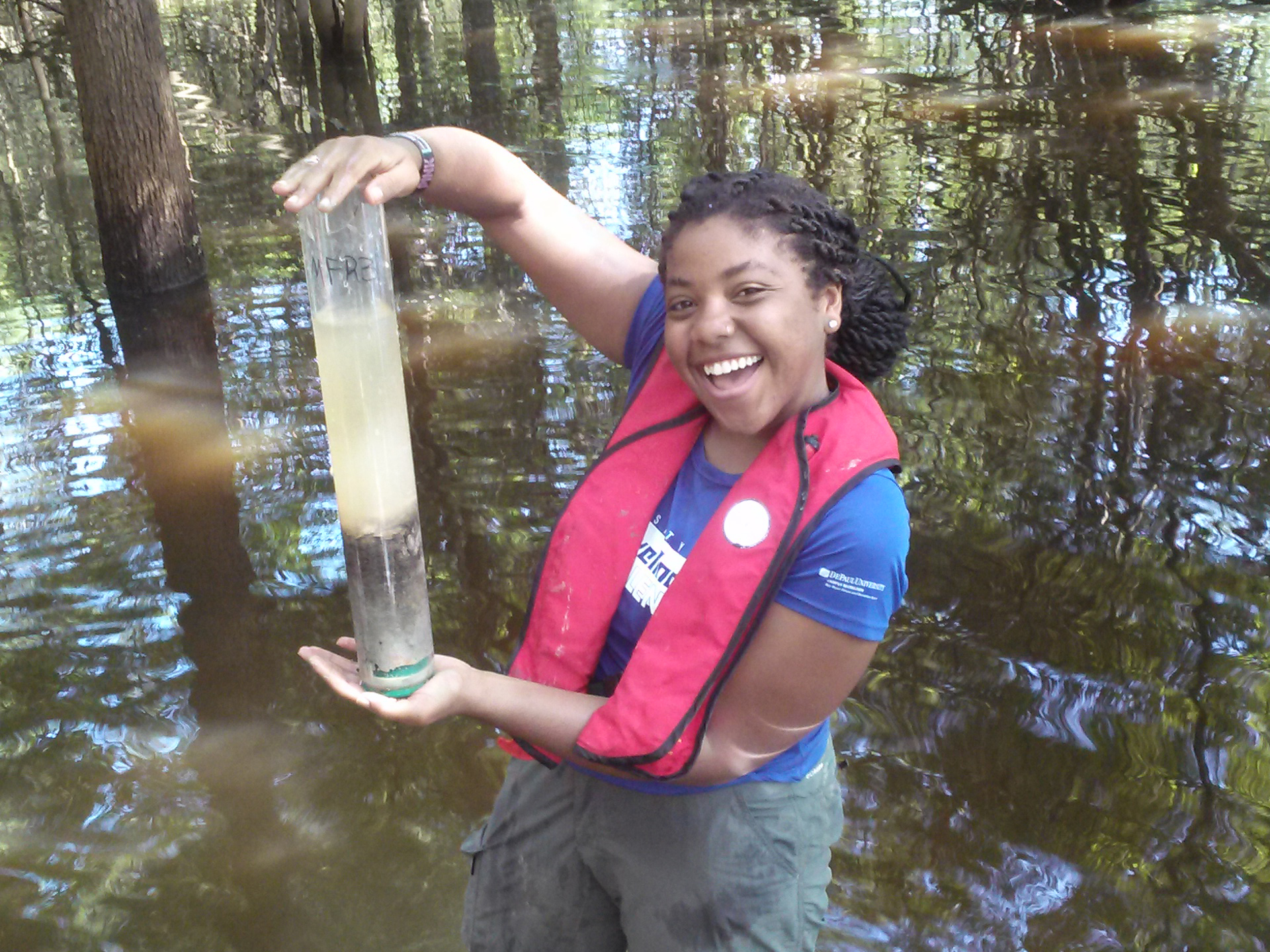
Huckleberry Finn wouldn’t recognize today’s lower Mississippi River. Massive walls separate the river from low-lying lands along the bank, an area called the floodplain. Floodplains were once the spillover zone for the river. As people settled in floodplains, the land was converted into farms, homes, and businesses. Close to 1,700 miles of walls, or levees, keep the lower Mississippi River in check.
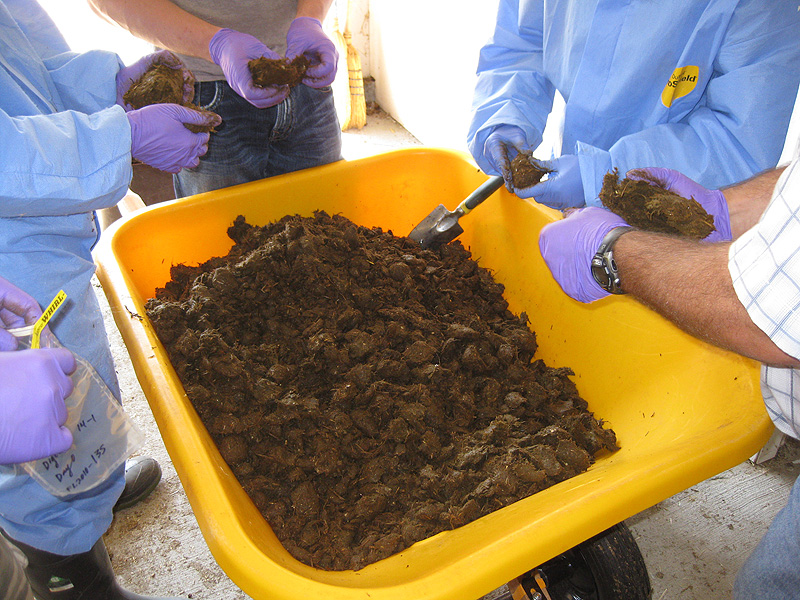
Antibiotics and manure. You probably don’t think of them at the same time. But across North America, manure and antibiotics often share the same pile.
Green thumbs, do not fret. Pockets of soil in urban areas are still available for the increasingly popular practice of urban gardening.
And while the proximity of these soils to pollution and industry can increase levels of contamination by harmful compounds, some scientists have found that the risks associated with gardening in these soils may not be as high as first thought.
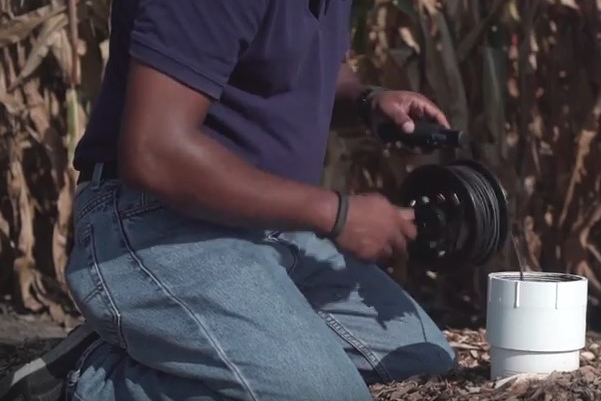
It’s been largely ignored in the past as a route for phosphorus loss from farms, but the buried network of drainage pipes known as the tile system can carry away as much phosphorus as surface runoff.
That’s the conclusion of a pair of studies published in the Journal of Environmental Quality today (Oct. 3). In research in Ohio and Indiana led by USDA-ARS scientists, nearly 50% on average of both dissolved, “bioavailable” phosphorus and total phosphorus left fields via the tile system—a percentage much higher than previously thought.
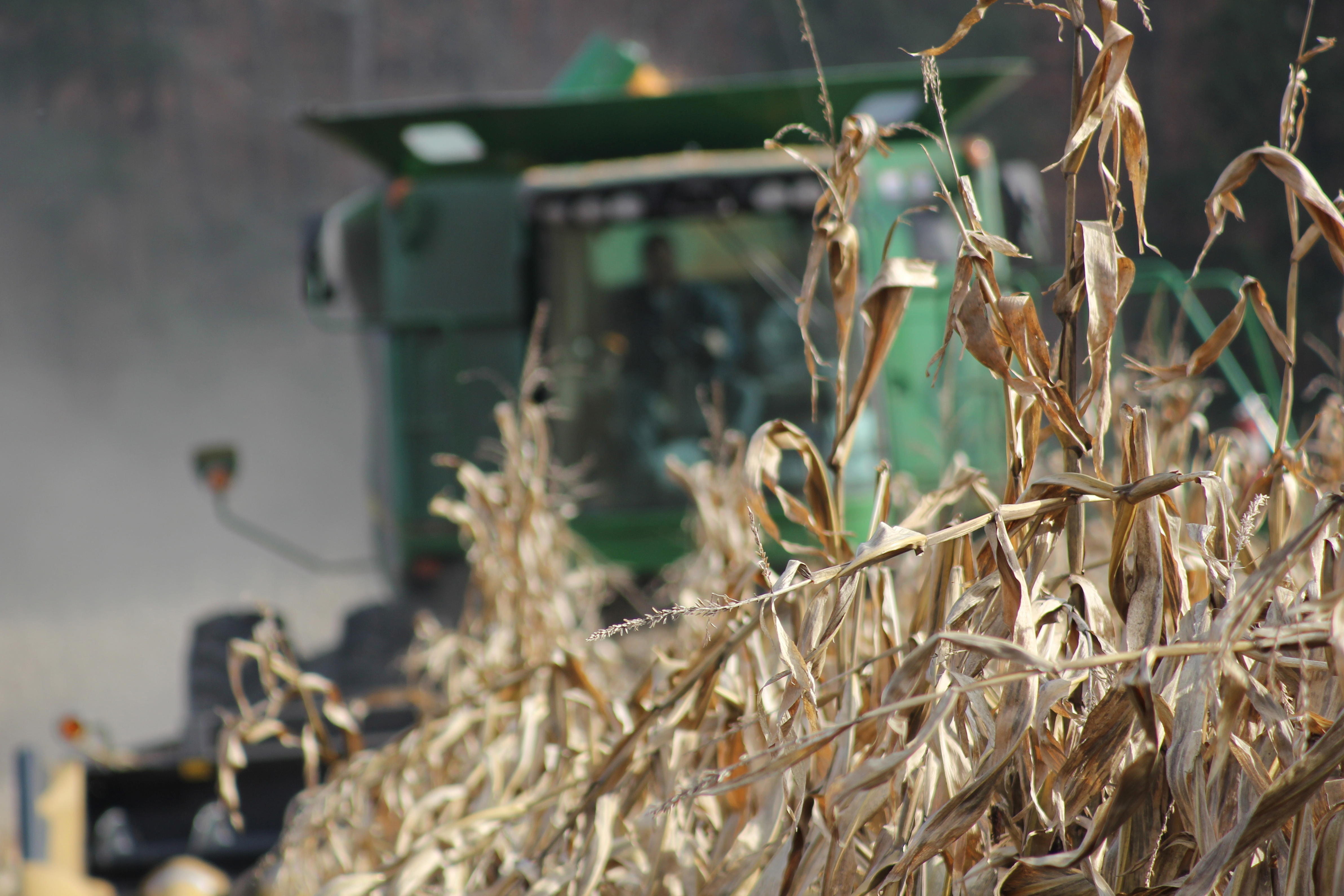
The increasing scale of farming operations and use of agricultural machinery worldwide has caused an unusual problem—soil compaction. It’s defined as the packing effect of external forces that reduce soil bulk volume and pore size. Heavy farm equipment like tractors, trucks, and harvesters can cause soil compaction. Other causes include livestock and rainfall.
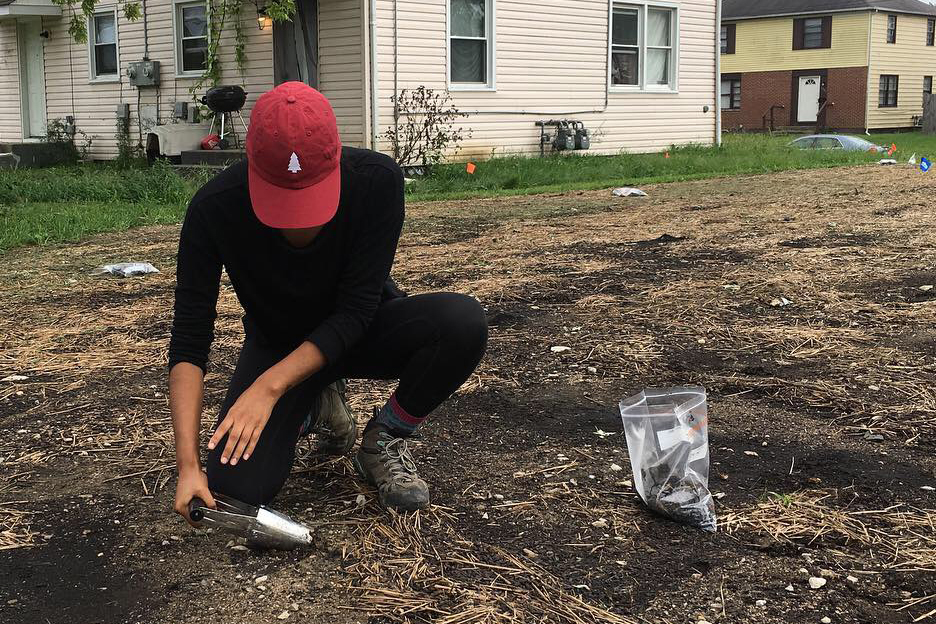
Geologic and soil processes are to blame for significant baseline levels of arsenic in soil throughout Ohio, according to a study published in the May-June 2014 issue of the Journal of Environmental Quality.
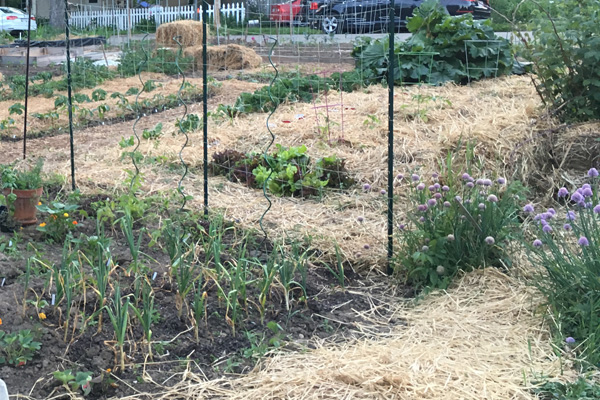
Growing your own vegetables can be a great practice for homeowners and renters. It promotes a healthier diet, saves money, and provides exercise. But there's one ingredient backyard gardeners may not realize they might be adding to their vegetables—lead.
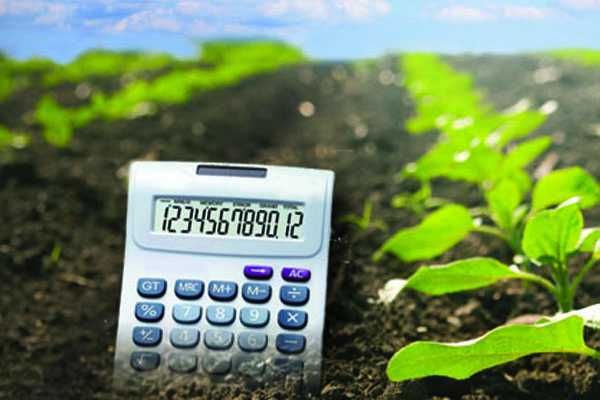
For decades, scientists, politicians and environmentalists have been trying to put a value on the Earth’s natural resources. Once public utilities were in place, homeowners had to start paying for the water provided by their municipalities. But, how much should that water service cost? In the late 1990s, it became common for people to buy bottled water. Pricing is largely determined by market forces.
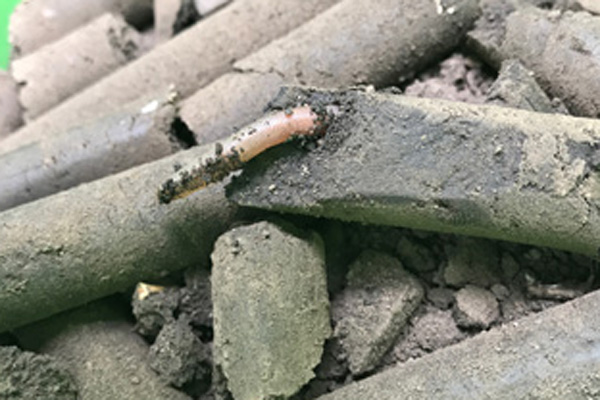
Earthworms are a welcomed sight in many gardens and yards since they can improve soil structure and mixing. But they are hard to find in the drier soils of eastern Colorado where water and organic matter is limited. Adding earthworms to fields where they are not currently found could help enhance the health and productivity of the soil. In areas where droughts are common, though, can earthworms survive? A new study suggests that they can.
